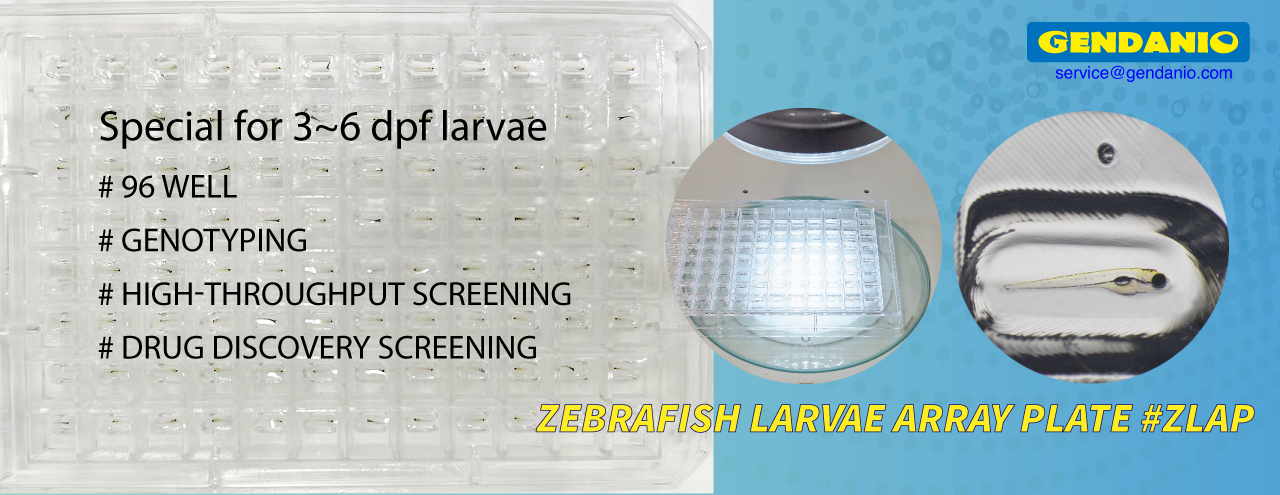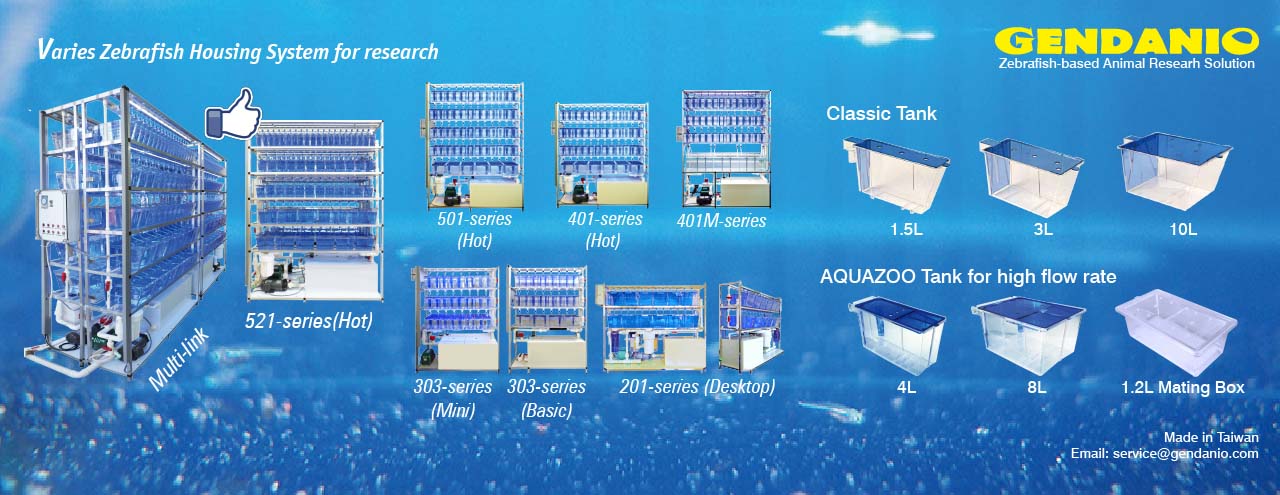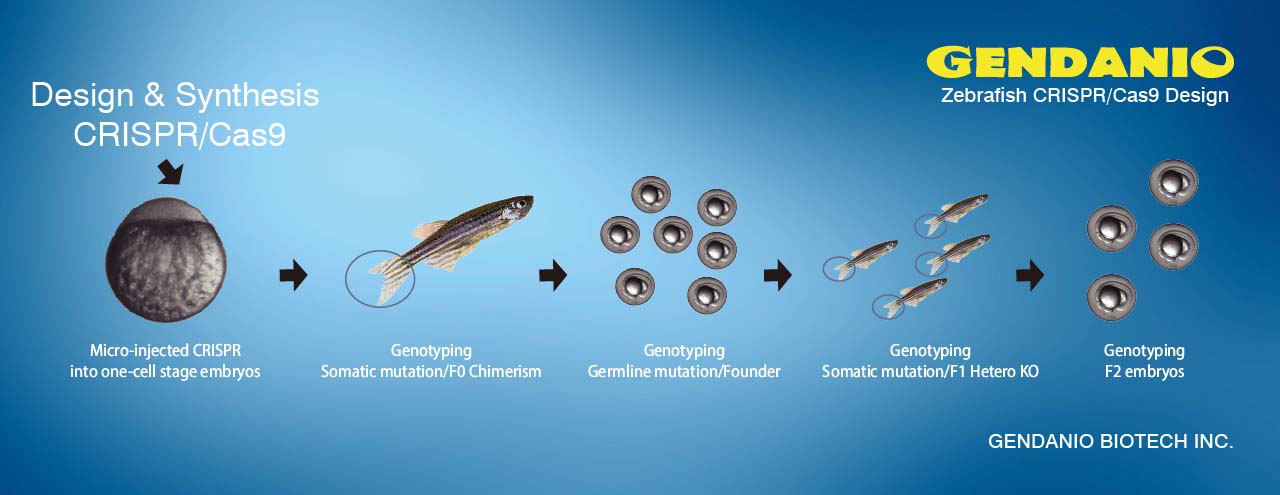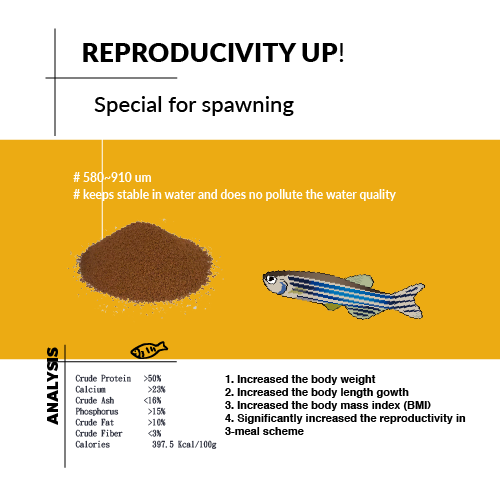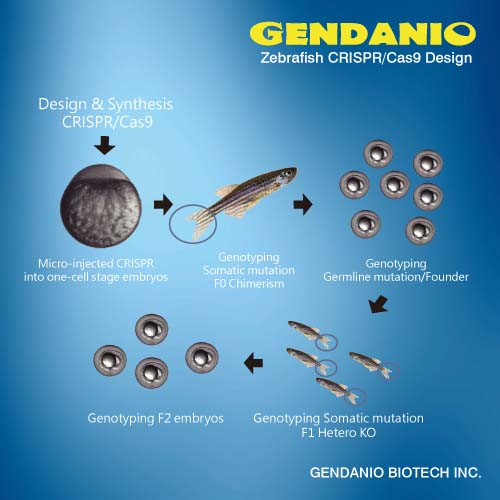ScienceDaily (Jan. 25, 2010) — By combining the tools of medicinal chemistry and zebrafish biology, a team of Vanderbilt investigators has identified compounds that may offer therapeutic leads for bone-related diseases and cancer.
The findings, reported inACS Chemical Biology, support using zebrafish as a novel platform for drug development.
In 2007, Charles Hong, M.D., Ph.D., and colleagues described using fish embryos to screen for compounds that interfere with signaling pathways involved in early development -- pathways known to play roles in a variety of disease processes. They discovered the compound "dorsomorphin" and demonstrated that it blocked BMP (bone morphogenetic protein) signaling, which has been implicated in anemia, inflammatory responses and bone-related disorders.
But in examining dorsomorphin further, the investigators found that it had other "off-target" effects -- it also blocked the VEGF (vascular endothelial growth factor) receptor and disrupted zebrafish blood vessel development, a process called angiogenesis.
"Off-target effects contribute to side effects and limit the therapeutic potential of small molecule signaling inhibitors," said Hong, assistant professor of Medicine and Pharmacology.
To find compounds that were more selective BMP inhibitors (didn't have the off-target effects), Hong and colleagues opted to use their zebrafish drug discovery screen as a drug development/optimization tool.
Craig Lindsley, Ph.D., director of Medicinal Chemistry for the Vanderbilt Program in Drug Discovery, Corey Hopkins, Ph.D., associate director, and their colleagues used the dorsomorphin "backbone" as a starting point to synthesize many different analogs -- subtly different dorsomorphin-like compounds.
Then Hong and his team tested these compounds for their effects on zebrafish embryonic development.
"We quickly discovered that the two effects of dorsomorphin could be separated -- some analogs only affected patterning and some only affected angiogenesis," Hong said. The investigators biochemically characterized compounds of both types and found very selective and potent BMP inhibitors and selective VEGF inhibitors.
The zebrafish embryo, Hong said, is very good at assessing a compound's selectivity for a certain signaling pathway. Mixed signals from compounds that are not selective (they hit multiple targets) are toxic to the embryo -- it "shuts down development."
The team identified a VEGF inhibitor, for example, that outperformed an existing VEGF inhibitor that was being developed for cancer therapy (blocking angiogenesis cuts off the "supply lines" for a growing tumor) but was pulled from development during a Phase III trial.
"If they (the pharmaceutical company) had tested that compound in zebrafish, they would have quickly learned that it wasn't potent or selective," Hong said.
"Using zebrafish is a novel way to do a structure-activity relationship study" -- a study that examines a series of analog compounds to determine which is the most selective and most potent, he added.
Traditionally, pharmaceutical companies perform these types of studies in vitro, with isolated proteins or cells. But Hong points out that in vitro studies assess only "one dimension" of the biology. Compounds that have great activity in vitro often fail later because they have poor selectivity or because they do not have chemical properties that make them good drugs (they are not "bioavailable").
"The zebrafish assesses selectivity and bioavailability all at the same time," Hong says. "What the traditional approach takes months to do, the zebrafish does in a day."
Because BMP and VEGF inhibitors have therapeutic potential for a variety of diseases, the investigators will begin to test the drug candidates in mouse models.
Hong praised Vanderbilt leaders for putting into place the drug discovery infrastructure that made the work possible.
"Having medicinal chemists and zebrafish biologists together in the same building really fostered our collaboration," he said. "This kind of collaboration would not be likely at the majority of medical institutions."
The research was supported by the Veterans Administration, the Center for Research in Fibrodysplasia Ossificans Progressiva and Related Disorders, the National Institutes of Health and the GSK Cardiovascular Research and Education Foundation.
Source: ScienceDaily


